Kōdai-ji|高台寺
Overview
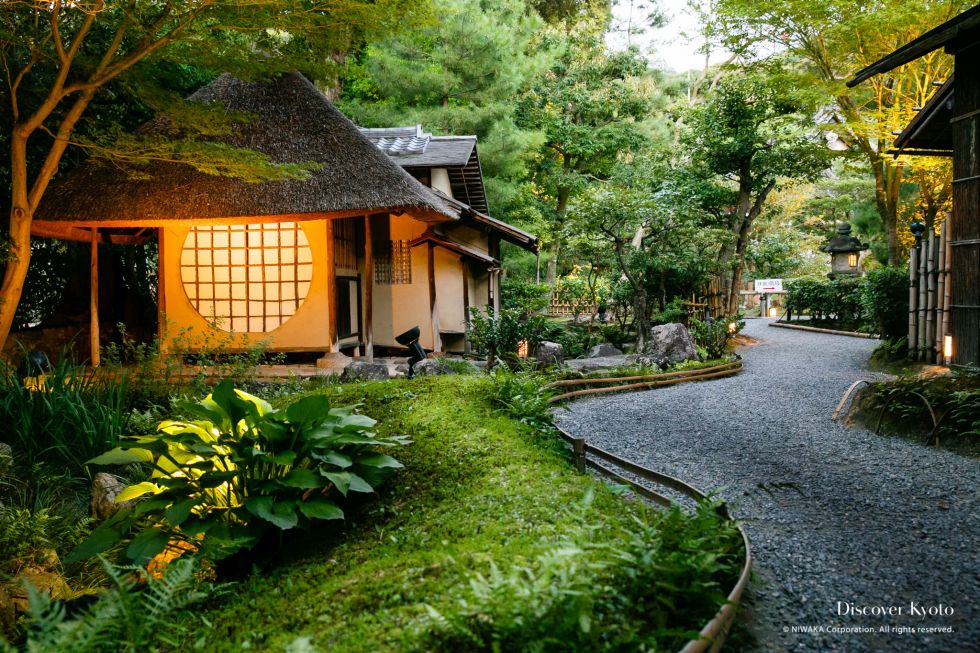
Kōdai-ji was founded in 1606 in honor of the Sengoku period warlord Toyotomi Hideyoshi by his legal wife Nene (Dharma name: Kōdai-in Kogetsuni), who took the tonsure and become a Buddhist nun after her husband’s death. It can be easy to accidentally walk past this temple’s tree-sheltered stone staircase entrance, but those who make the short climb can enjoy not only a historical landmark but a beautiful example of Momoyama period architecture. Because the temple was founded in order to carry out prayers for the deceased Hideyoshi, many treasures remain that are related to him, and Hideyoshi and Nene are worshiped at a sanctuary on the grounds. The most striking detail of this temple is the quality of maki-e lacquer work visible on and in the various buildings on site. In addition to the architecture, the grounds themselves are worth a leisurely stroll, featuring a pond and meandering path through a small bamboo forest. Kōdai-ji also regularly participates in night openings and illuminations, providing an interesting chance to experience a temple after dark.
The most striking detail of this temple is the quality of maki-e lacquer work visible on and in the various buildings on site.
Features
Main Hall (Hōjō)
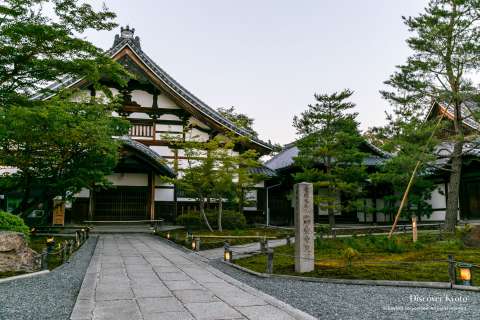
Rebuilt in 1912 after a fire, the current main hall is apparently a good deal more reserved than its previous appearance, which fit with the Momoyama Period style of rich colors and expensive décor. Once the Chief Abbot’s Quarters, the main hall now features a large room for worship and opens up onto a rock garden and gate once used for imperial messengers. During the temple’s spring and autumn light-ups, the main hall is host to an illumination art show, with modern art set in the garden and clever manipulation of lights each season resulting in things such as a moving kaleidoscope or kanji projected onto carved sand.
Temple Garden
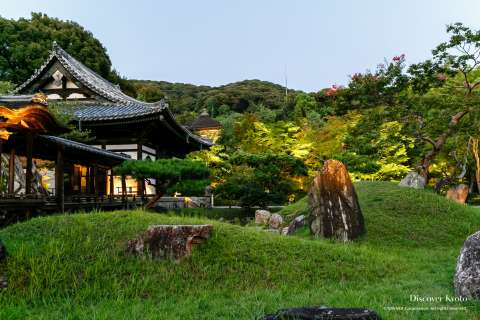
Said to have been designed by the famous tea master, artist and aristocrat Kobori Enshu (1579-1647), the temple garden is done in the tsukiyama (hill garden) style. Created using man-made ponds, hills, rocks, and pines, the garden slopes gently towards the mountain foothills and bamboo forests of the inner grounds and turns a lovely variety of shades in the autumn season. The Kaisan-dō Hall and the Kangetsudai moon viewing platform/covered walkway are incorporated into the garden, and it can be enjoyed from several angles.
Otama-ya Sanctuary
The sanctuary in which Toyotomi Hideyoshi and his wife Nene are enshrined, this building also stands above Nene’s actual grave. The stairs, altar, and interior panels are lavishly decorated in the type of lacquerware famous at this temple called “Kōdai-ji maki-e”, a style considered quite striking while still remaining elegant. To the left and right of the main altar are wooden statues of both Toyotomi and his wife, though they are not usually viewable by the public, kept hidden by panels covered in gorgeous gold-on-black lacquer.
Nene no Michi
A picturesque street that connects the popular shopping streets Ninenzaka and Sannenzaka with the beautiful Kōdai-ji Temple, Maruyama Park, and Yasaka Shrine, Nene no Michi (Nene’s Path) is named for the wife of the great warlord Toyotomi Hideyoshi. An area of Kyoto where one can really feel the remaining traditions and aesthetic values of the path, the street is lined with temples, teahouses, exclusive shops, and homes of the wealthy. Largely pedestrian-traffic only, Nene no Michi is a wonderful spot for a stroll or even just to take you from one sightseeing spot to another in the Higashiyama area.
History
Kōdai-ji, known more formally as Kōdaijusho Zen-ji, is one of several temples in Kyoto tied directly to a significant historical event or person- in this case, to Toyotomi Hideyoshi, known as one of the great unifiers of Japan, and his wife Sugihara Yasuko (1546-1624). Kōdai-ji was founded in 1606 by Toyotomi Hideyoshi’s wife in order to pray for the repose of his soul. Known colloquially by her childhood name of Nene, her titles included Kita no Mandokoro (the title used for the wife of the country’s regent) and Kōdai-in Kogetsuni, the Dharma name she received from Emperor Go-Yōzei when she took the tonsure and became a nun after her husband’s death.
Nene was known as an exemplary principal wife despite the fact that she was unable to bear children, something that would normally be considered a mark against her in those times. Despite problems in their marriage, she remained Hideyoshi’s close confidante and aide throughout his life due to her political savvy, kindness and intelligence. After Hideyoshi’s death, she supported Tokugawa Ieyasu in his bid to become the next ruler of the country over the young Hideyori, Hideyoshi’s son with a concubine. By securing Ieyasu’s support she enjoyed a respected position in the new Tokugawa shogunate government, and it was Tokugawa who financed the construction of the lavish Kōdai-ji for his former liege lord and Nene’s late husband. Nene even received the rank of Juichii in 1588, which was the highest rank a woman could receive from the emperor.
In 1606, the temple was constructed in the Momoyama style that Hideyoshi favored, which involved colorful wood lacquering and lavish gold décor, so much of which remains to this day that it is sometimes referred to as “the maki-e temple”. In 1624, Sanko Jōeki from Kennin-ji Temple was brought in to serve as the chief abbot and the name Kōdai-ji officially attached in Nene’s honor. Since Kōdai-ji is a Rinzai Zen temple in the Kennin-ji tradition, it technically became a large sub-temple of the other. Nene served as a nun at this temple until her death on September 6th, 1624, at age 76, at which point she was interred beneath the Otama-ya Sanctuary.
Over the years Kōdai-ji was ravaged by fire along with the rest of the capital, with the most recent incident resulting in having to rebuild the main hall in 1912. Despite this, the Otama-ya, Kaisan-dō, and other halls remain from the original construction, and multiple treasures have been beautifully preserved, such as a painting of Hideyoshi, various textile works, and a bronze bell inscribed with the founding year. The temple displays such artifacts in their museum, the Kōdai-ji Shō Museum.
Events
March – May | Spring Weeping Cherry Blossom Light-up |
|---|---|
July | Tanabata Star Festival |
July – September | Illustrated Night Parade of One Hundred Demons |
October – December | Autumn Foliage Light-up |
Access
Address
〒605-0825 京都市東山区高台寺下河原町526
| TEL | 075-561-9966 |
| FAX | 075-561-7387 |
| WEB | https://www.kodaiji.com/e_index.html |
Admission
- General Admission: ¥600 (temple and museum)
- Children Aged 12 to 18: ¥250 (temple and museum)
- Children Under 12: Free
Hours
- General Admission: 9:00 – 17:00 (gates close at 17:30, last entry 17:00)
- Light-up: Sunset – 21:30 (gates close at 22:00, last entry 21:30)
- Closed: No closing days
Transportation
Gallery
-
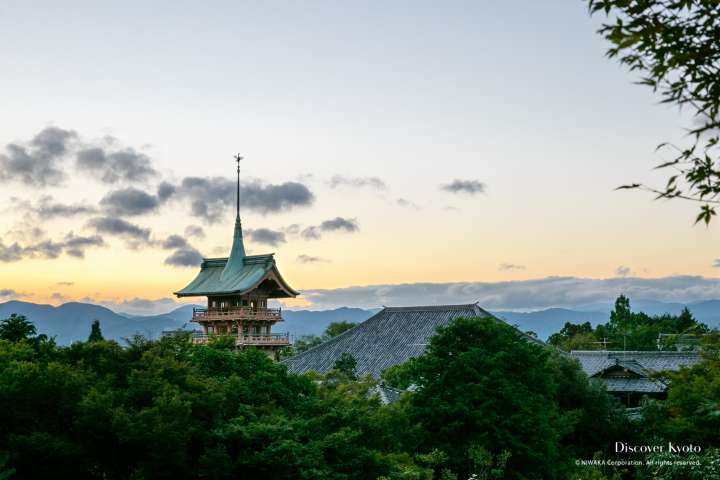
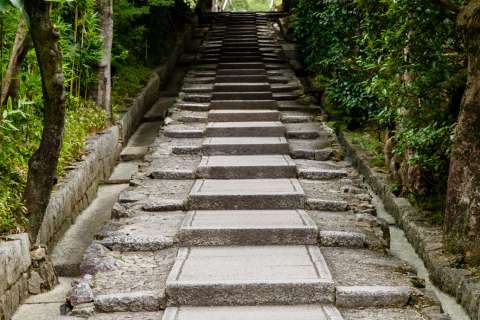

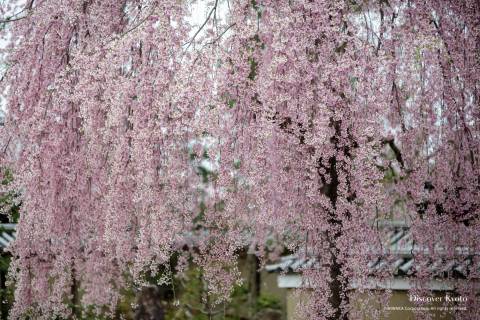
 +21
+21
